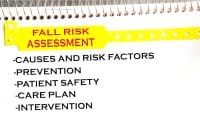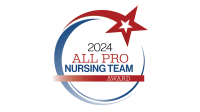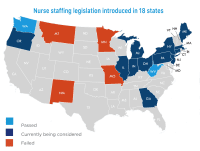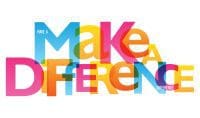Spreading falsehoods is a threat to nursing practice and patient safety.

How do you learn information, both true and false? How do you know the difference? When social media amplifies dangerous, unchecked misinformation, the threats to evidence-based nursing practice and patient safety become real. We should worry that the entire evidence eco-system is being tainted. Misinformation “liked” and forwarded without validation presents a problem because once a social media seed is planted, it’s difficult to convince people it isn’t correct.
I believe all of us have a responsibility to better and more critically appraise social media content, especially with health and medical information. As the most trusted profession for honesty and ethics, each nurse is accountable for upholding the highest standards when accessing and referencing health sources.
The underlying problem with both misinformation and disinformation is that too many people don’t independently think about or research what they see, hear, or read to validate it. Social media may be the primary source of misinformation and disinformation, but it also leaks into all facets of communication.
Here are a few strategies we can apply today to enhance our professional behavior related to preventing the spread of misinformation and disinformation:
- Step back: In a world where we’re constantly asked to move forward and go faster, we’ve forgotten the powerful art of waiting, taking a step back, and looking before leaping. Before forwarding or liking a post, make sure you understand the topic or the contention. Shock value or cause-and-effect assertions without valid proof can cause harm. Cause-and-effect can only be established by rigorous randomized–controlled, double-blind clinical trials or meta-analysis of multiple smaller studies.
- Understand the source: Is the writer of the post considered an expert in their field? Is the source material reliable and trustworthy? What are the implications for you if you trigger the spread of noncredible information? What might be the consequences? How would your organization’s ethics and professionalism committee react?
- Rely on your “go-to” reference and do your homework: I’m fortunate to work in an organization with a library designated as one of the eight regional National Libraries of Medicine. My go-to sources include PubMed.gov, Up-to-Date, and CINAHL. What resources does your organization depend on?
- Distinguish reading for entertainment vs. reading for accuracy: Social media headlines don’t tell the full story. Do you read the entire story before forwarding? Have a healthy dose of skepticism about what you read, hear, and see. Medical misinformation takes hold in an information void. Consider, for example, all of the misinformation and disinformation about COVID-19 early in the pandemic when we knew little about the virus.
- Use the repetition effect for good not evil: Messaging literacy aids the spread of accurate information. Early dissemination of accurate short, simple, easy-to-remember, easy-to-understand facts benefits everyone.
The next time you want to hit the forward button, ask yourself: “Am I sure?” To learn more about this topic, visit myamericannurse.com/preventing-the-spread-of-misinformation/.

Lillee Gelinas, DNP, RN, CPPS, FAAN
Editor-in-Chief
Misinformation—inaccurate or misleading information
Disinformation—deliberate intent to deceive for political, personal, or monetary gain
References:
Robbins A. The Nurses: A Year of Secrets, Drama and Miracles with the Heroes of the Hospital. New York City, NY: Workman Publishing; 2016.



















1 Comment. Leave new
Very wise words.